Fundición de inversión vs. moldeo por inyección de metal: Comparación de procesos
En el campo de la fabricación de metales de precisión, la fundición a la cera perdida (CI) y el moldeo por inyección de metal (MIM) son dos procesos comunes. Ambos permiten producir piezas metálicas con formas complejas, pero sus métodos de fabricación, aplicaciones y ventajas difieren. Este artículo comparará estos dos procesos en términos de flujo de trabajo, adaptabilidad del material, precisión del producto, costo y escenarios de aplicación.
1. Flujo de trabajo

La fundición de inversión (CI) es un proceso de fundición a la cera perdida que incluye los siguientes pasos:
-
Diseño de un modelo de cera
-
Creación de una carcasa de cerámica
-
Derretir cera y verter metal
-
Retirada de la carcasa de cerámica después del enfriamiento
-
Realización de procesos de acabado posteriores
El moldeo por inyección de metal (MIM) es similar al moldeo por inyección de plástico e implica:
-
Mezcla de polvo metálico con un aglutinante para formar materia prima
-
Moldeo por inyección
-
Desunión para eliminar el aglutinante
-
Sinterización a altas temperaturas para lograr piezas metálicas de alta densidad
-
Posprocesamiento adicional (como tratamiento térmico, mecanizado, etc.)

2. Adaptabilidad del material
El CI puede procesar una amplia gama de aleaciones metálicas, como acero inoxidable, aluminio, titanio y cobre, lo que lo hace ideal para piezas que requieren resistencia a altas temperaturas y a la corrosión. El MIM utiliza principalmente polvos metálicos de alto rendimiento, como acero inoxidable, acero de baja aleación, titanio y tungsteno. Su ventaja radica en la fabricación de piezas complejas de alta densidad y alta resistencia.
3. Precisión y complejidad del producto
-
Precisión : MIM generalmente logra una precisión dimensional de ±0,3% a ±0,5%, mientras que IC, afectado por el proceso de fundición, generalmente logra una precisión de ±0,5% a ±1,0%.
-
Complejidad : La MIM es adecuada para la fabricación de piezas pequeñas, de paredes delgadas y muy complejas, como instrumentos médicos y componentes electrónicos. Por otro lado, la CI es más adecuada para piezas más grandes o con paredes irregulares, como componentes de la industria aeroespacial y energética.
4. Análisis de costos

-
El IC es ideal para volúmenes de producción pequeños a medianos, con costos de molde iniciales más bajos pero costos unitarios más altos, especialmente en el posprocesamiento.
-
MIM es más adecuado para la producción en masa, con una mayor inversión inicial en el molde pero menores costos por unidad, particularmente para volúmenes anuales superiores a 10.000 piezas.
5. Campos de aplicación
| Proceso | Aplicaciones típicas |
|---|---|
| CI | Aeroespacial, equipos industriales, energía, piezas estructurales de automoción |
| MIM | Dispositivos médicos, electrónica de consumo, instrumentos de precisión, piezas pequeñas y complejas |
Conclusión
Si se busca resistencia a altas temperaturas, tamaños más grandes y un alto rendimiento mecánico , la fundición de precisión (CI) es la opción ideal. Sin embargo, para piezas de precisión pequeñas, de formas complejas y de gran volumen , el moldeo por inyección de metal (MIM) ofrece ventajas significativas. Elegir el proceso adecuado requiere una evaluación exhaustiva de los requisitos de rendimiento de la pieza, el volumen de producción y el control de costos para lograr la mejor solución de fabricación.
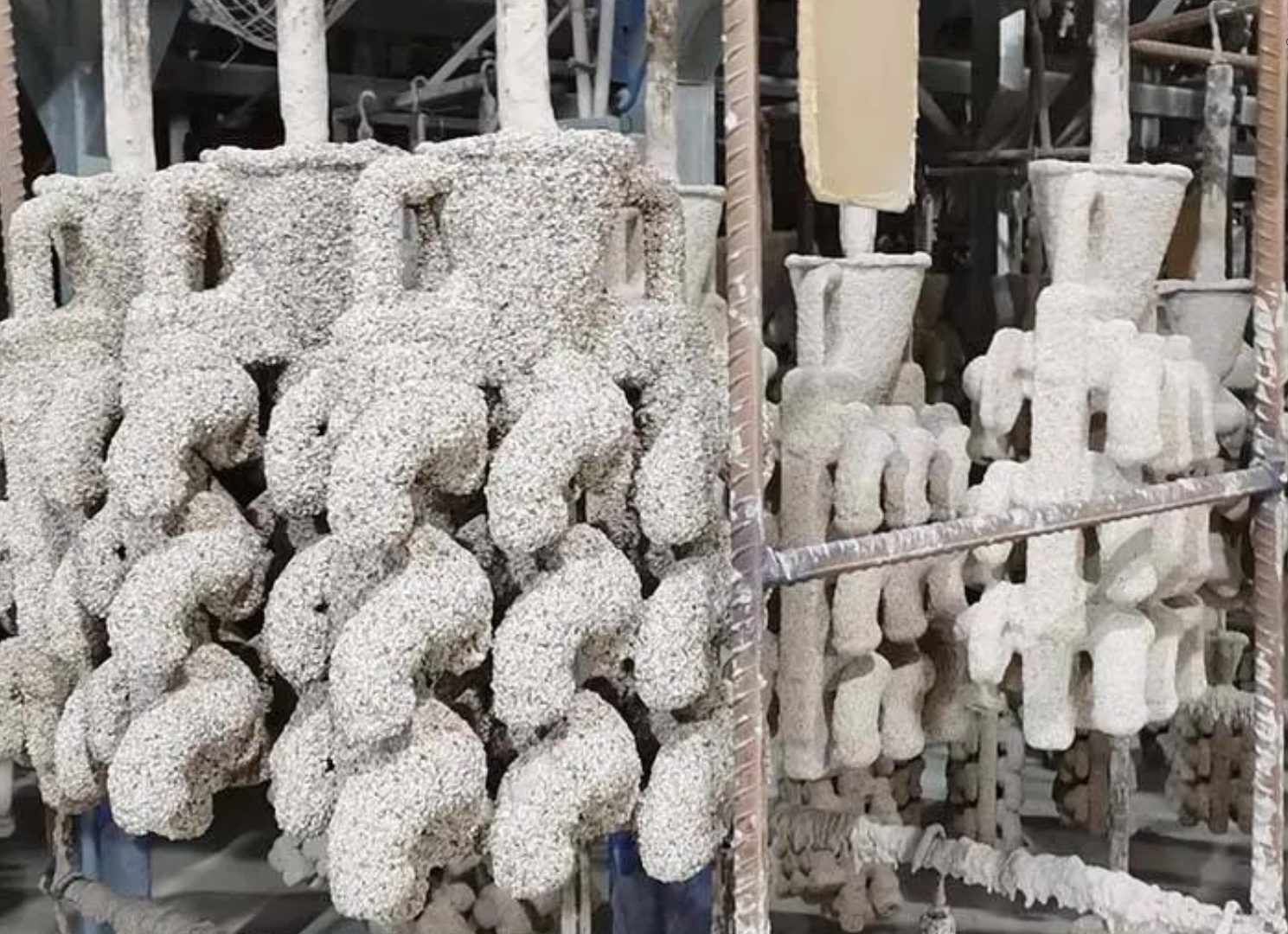
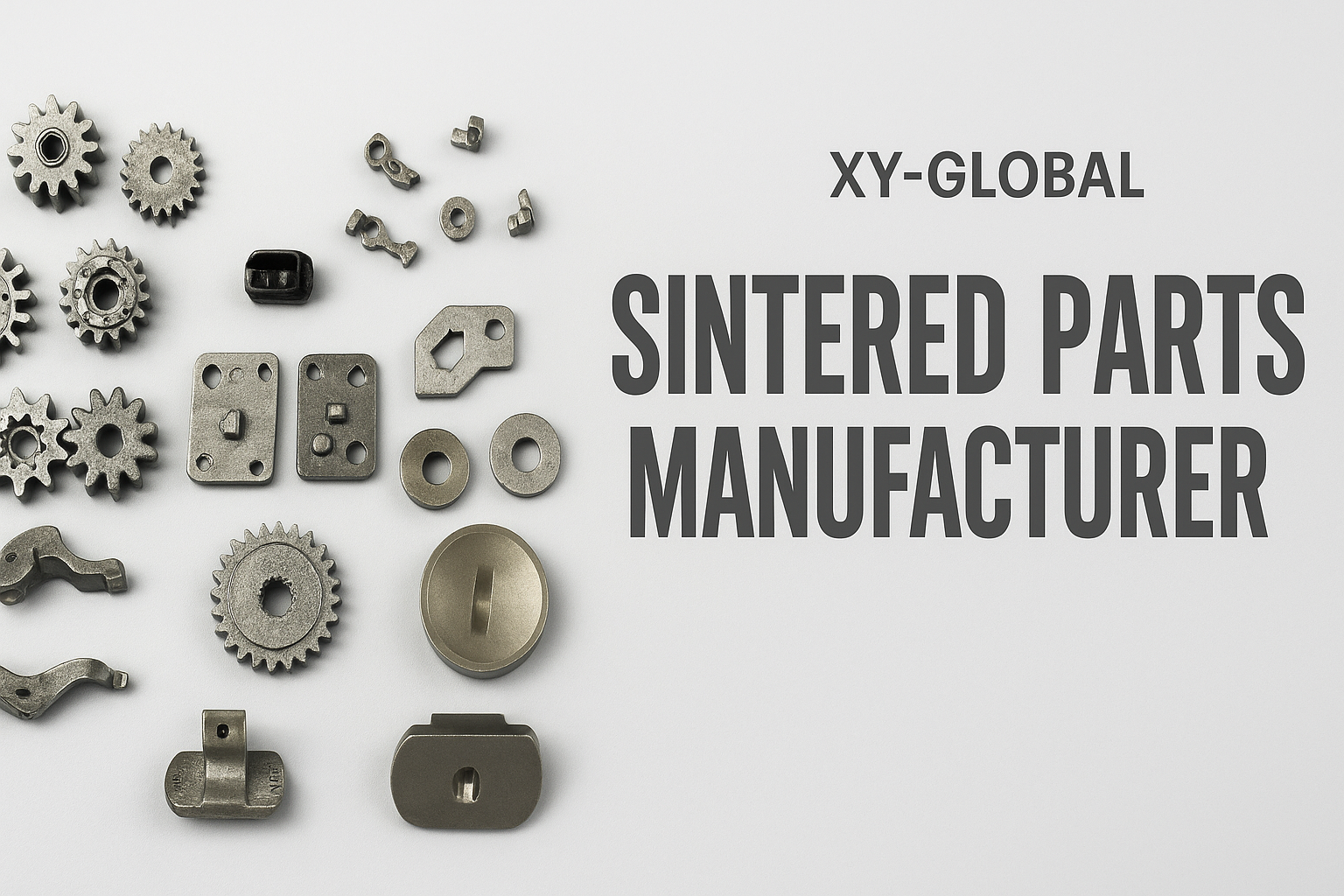
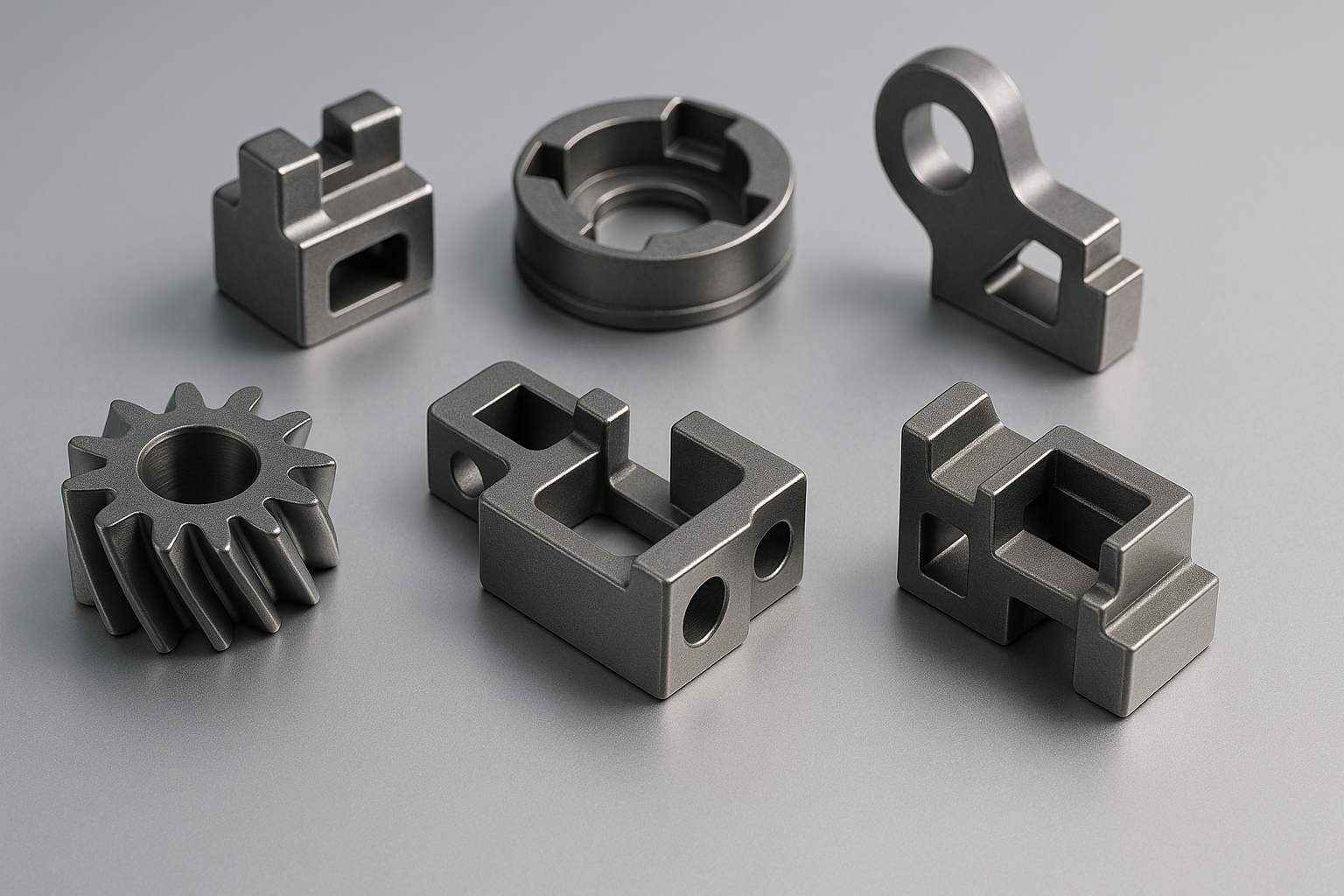
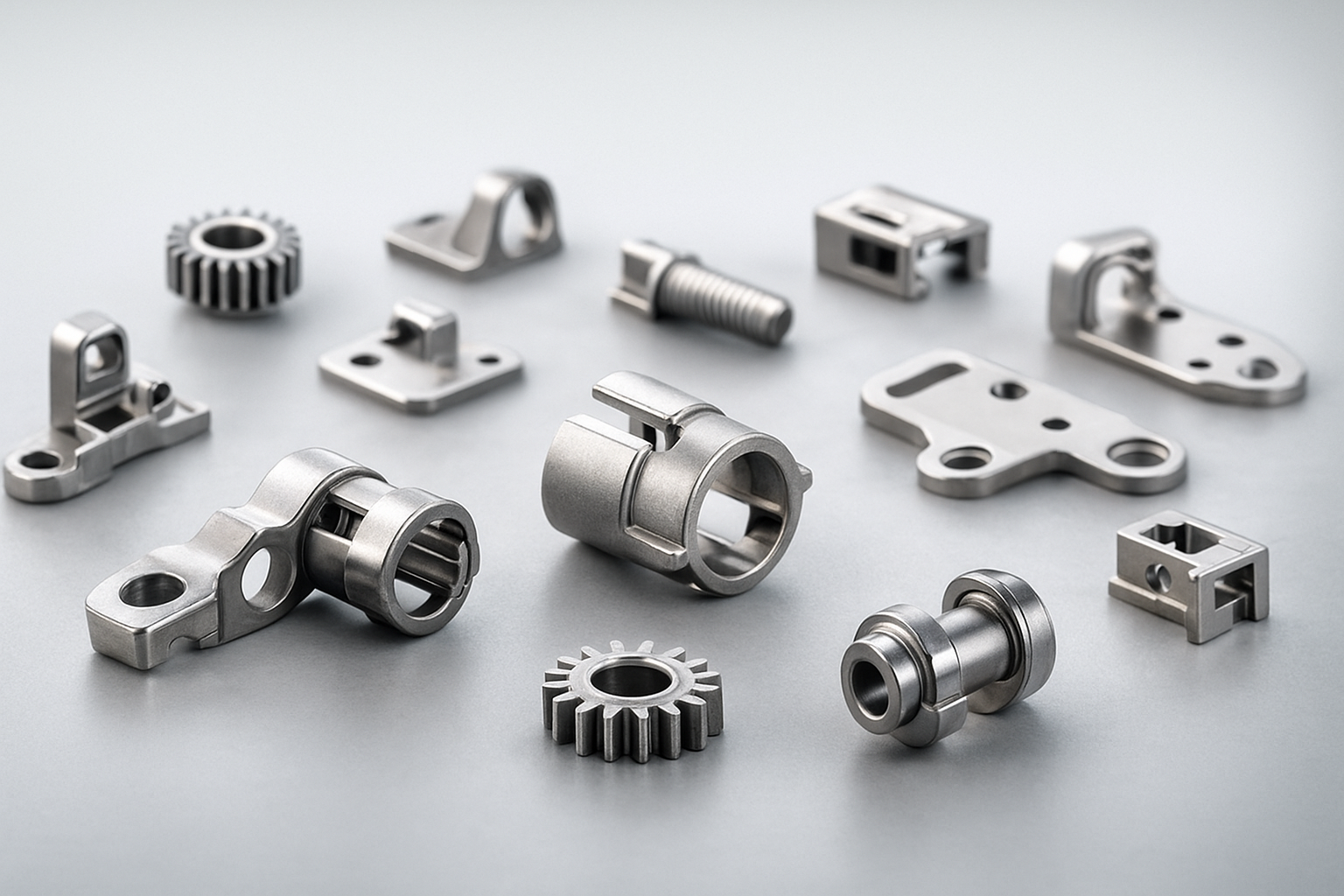
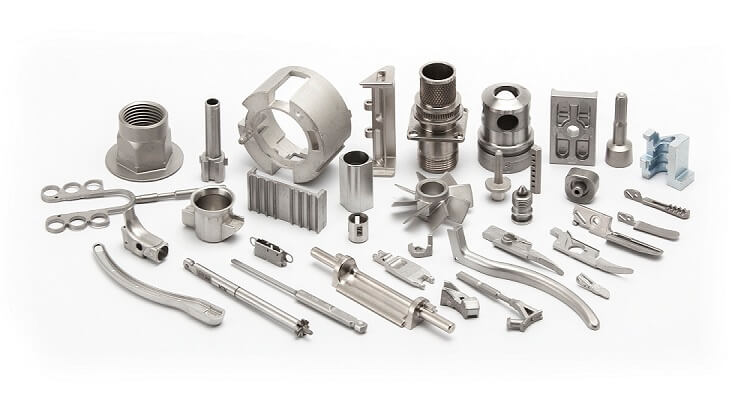
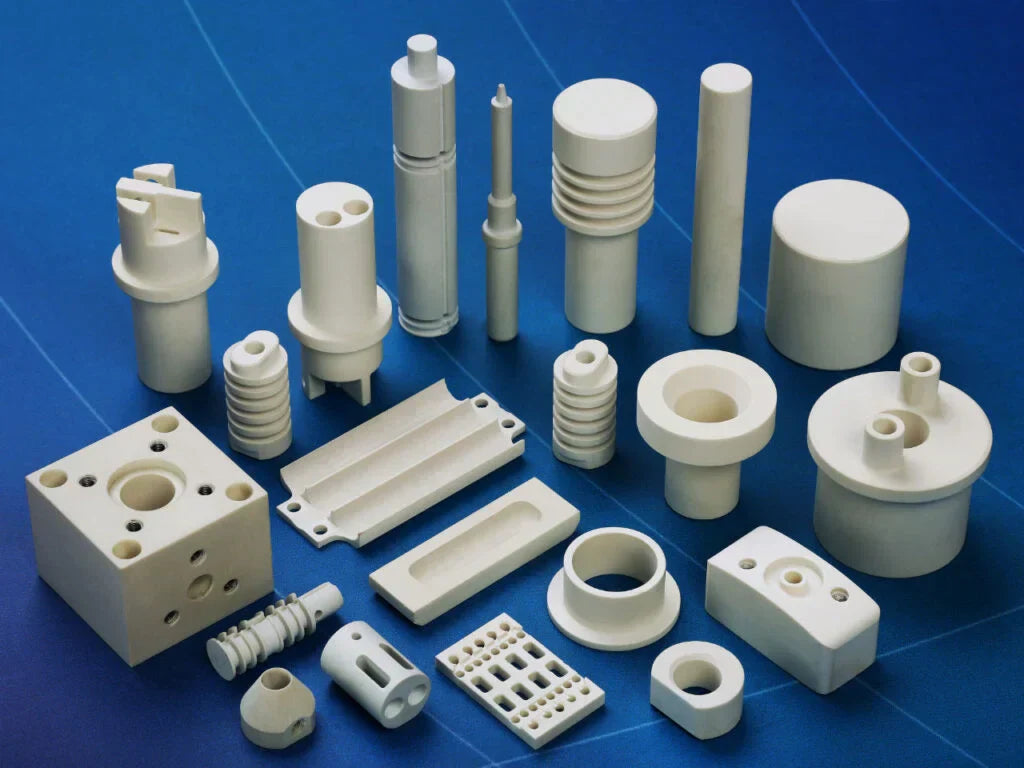

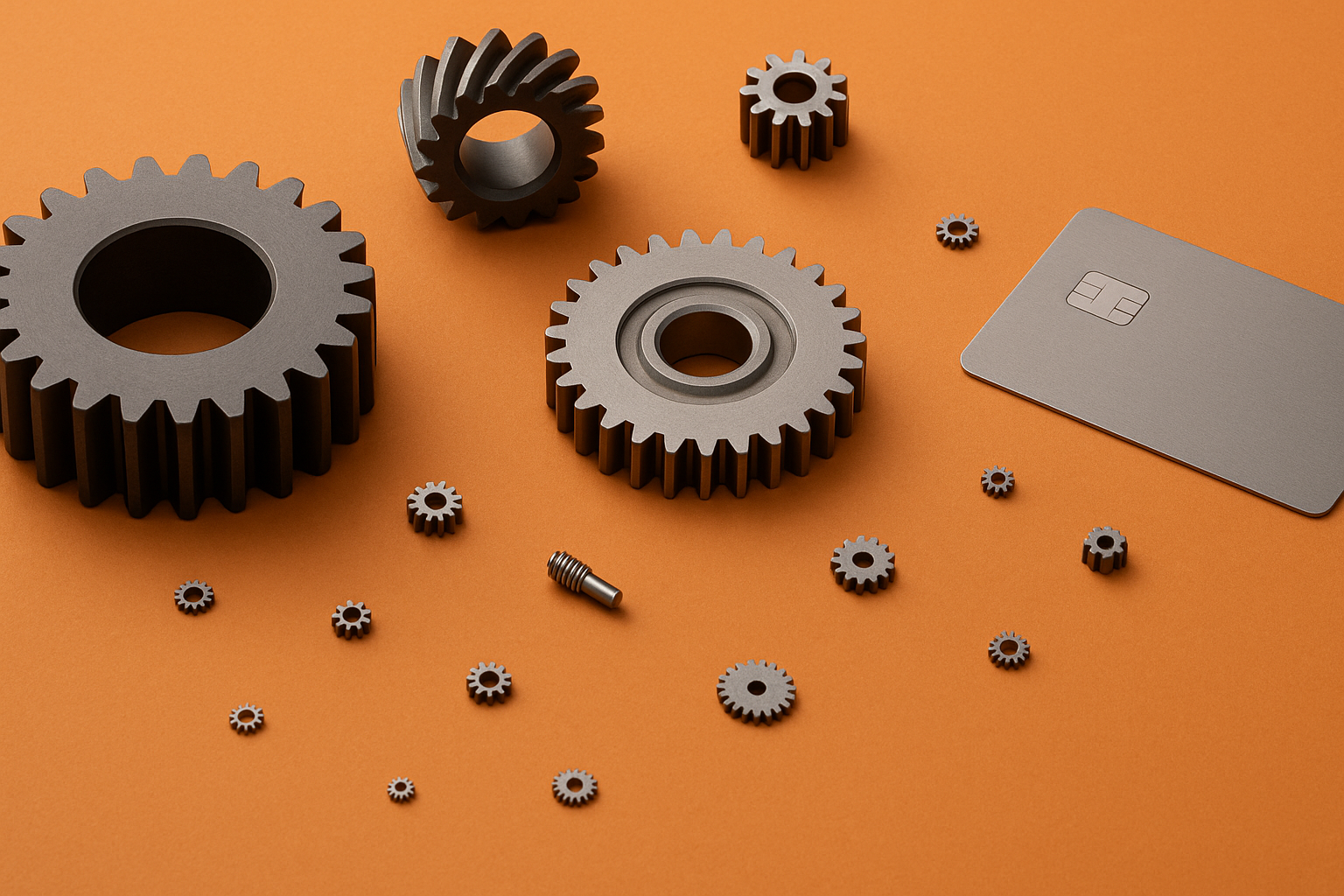

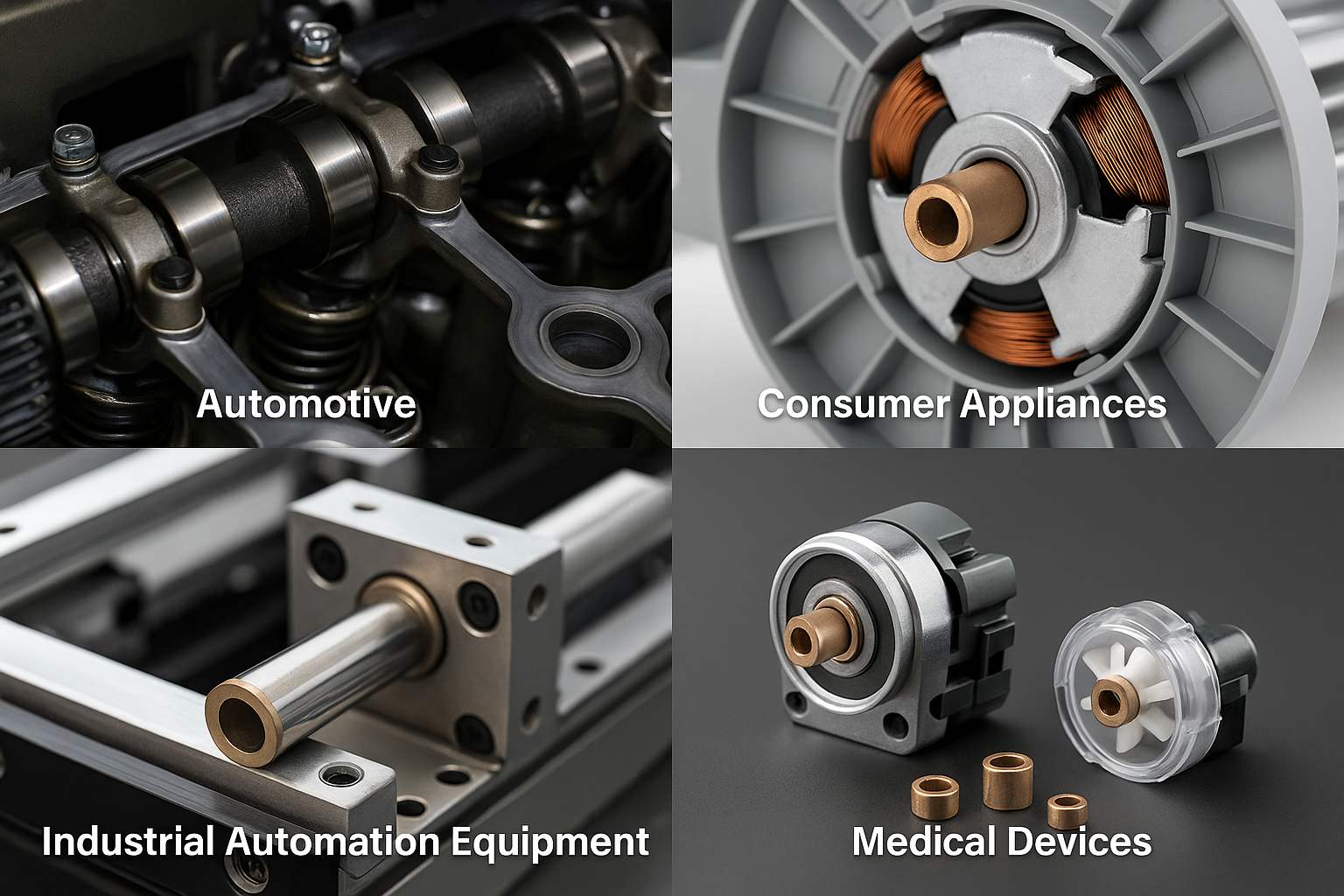
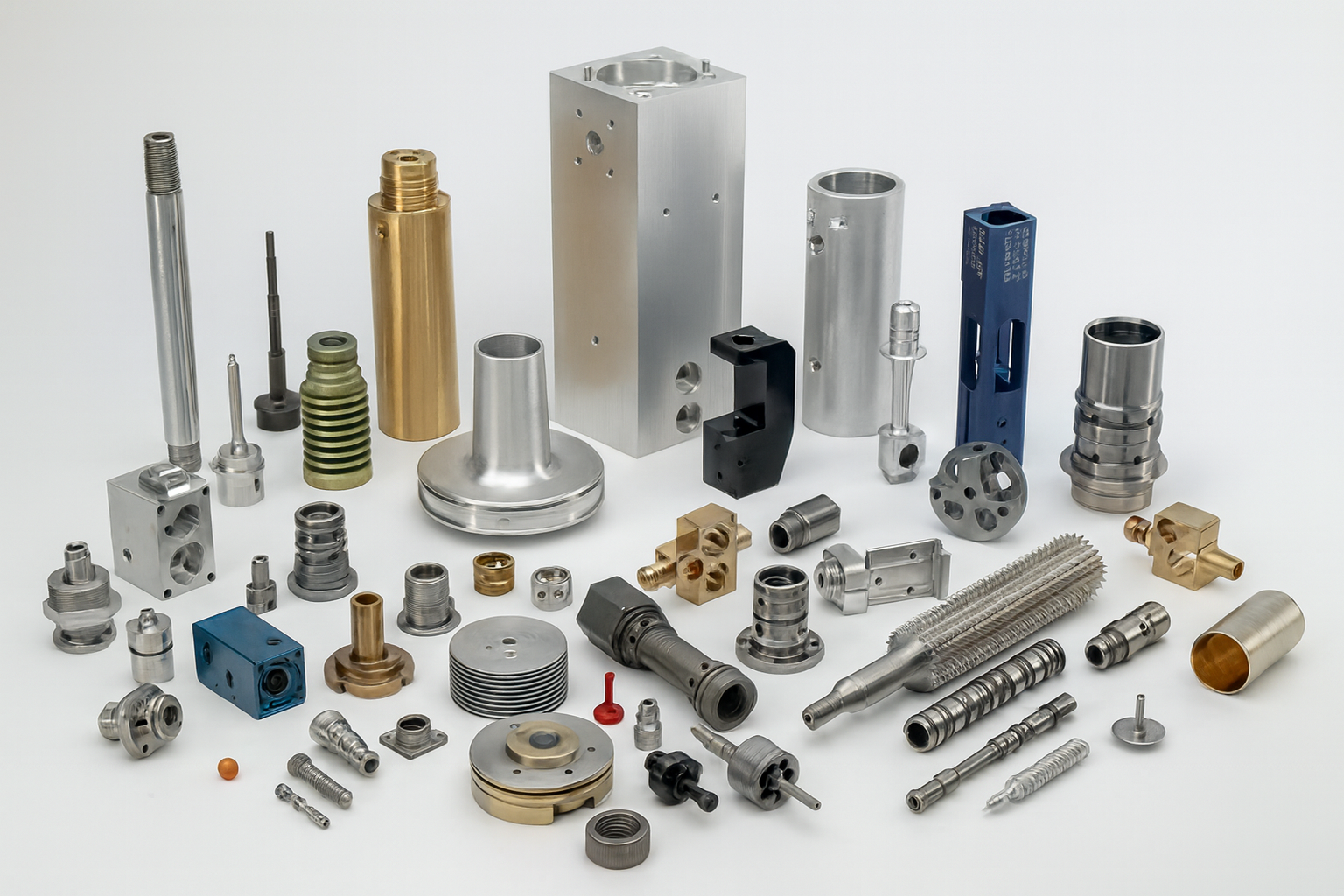
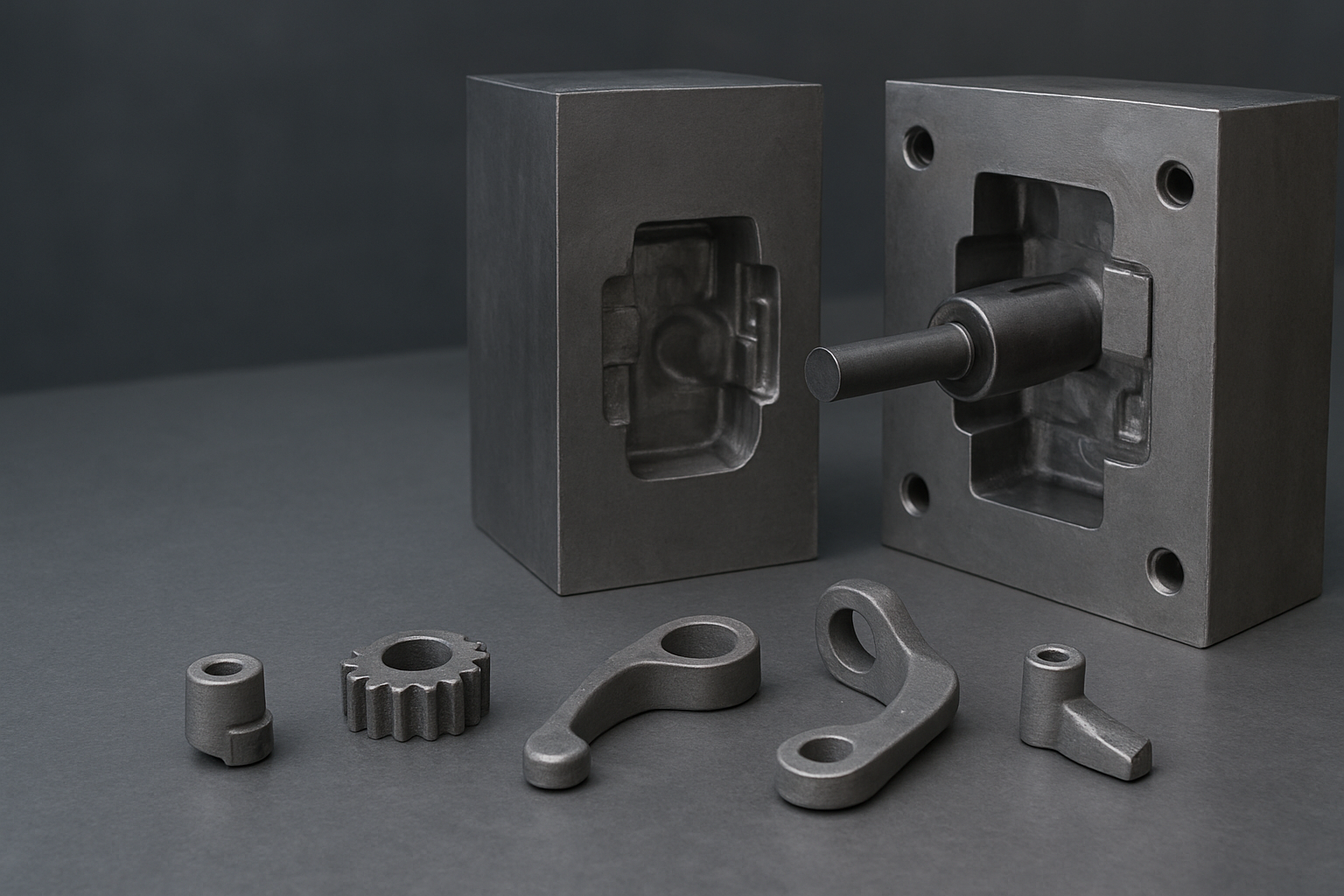
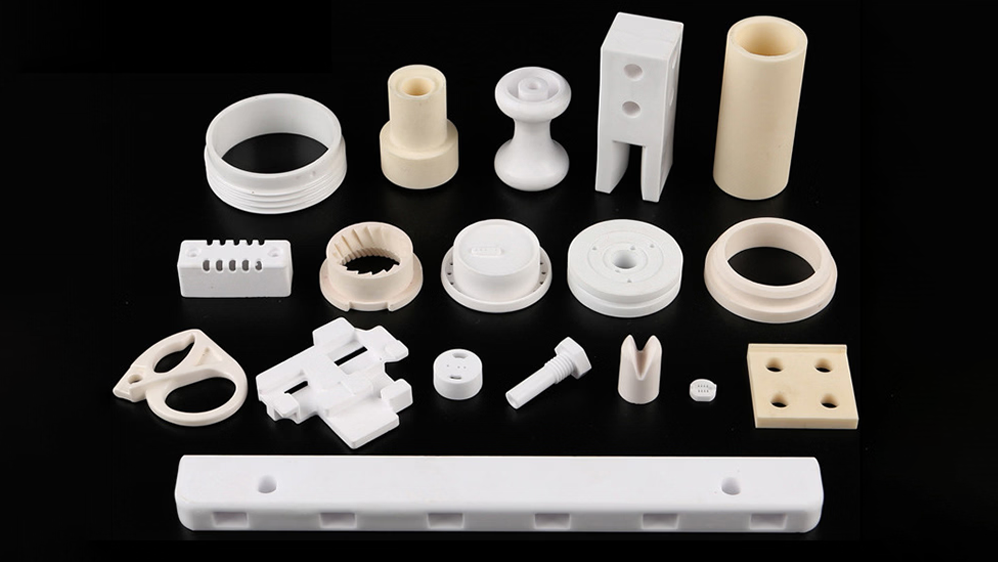
Compartir:
El proceso de moldeo por inyección de metal (MIM)
Exploración del proceso de atomización en pulvimetalurgia para engranajes de metal en polvo